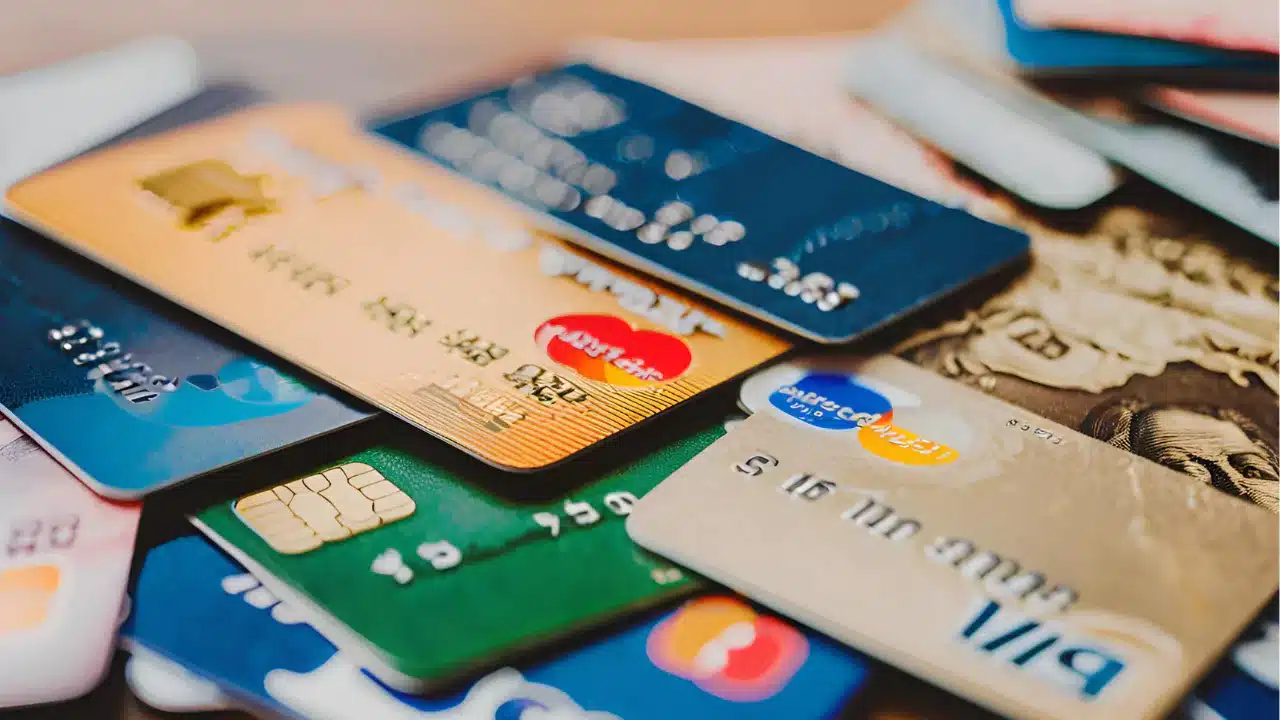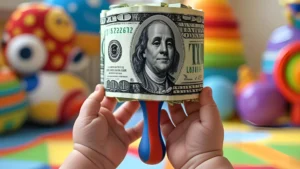In a move that reignites the debate over financial fairness in the United States, Congress recently voted to repeal the $5 cap on overdraft fees — a proposal from the Consumer Financial Protection Bureau (CFPB) that had not yet gone into effect.
If the measure is signed into law by President Donald J. Trump, major U.S. banks will be able to continue charging fees ranging from $15 to $35 for transactions that exceed the available balance in checking accounts.
This rollback represents more than just a regulatory decision: it sheds light on how political and economic decisions directly impact the financial lives of millions of Americans, especially the most vulnerable. According to the Financial Health Network, families who regularly pay overdraft fees tend to be low-income — many earning less than $30,000 a year — and are mostly Black or Latino. For these families, these fees are not just inconvenient: they are punitive.
What is an Overdraft?
An overdraft is a banking service that automatically covers transactions exceeding the account balance, in exchange for a fee. The practice, which began as a banking “courtesy” in the 1960s and 1970s, has over the years become a significant source of revenue for financial institutions. In 2024, banks are estimated to have earned around $12 billion from these fees alone.
Although many Americans view overdraft fees as unfair — 70% according to a Pew Charitable Trusts survey — banks defend the service, claiming their customers value the convenience. Rob Nichols, president of the American Bankers Association, stated that consumers “have repeatedly indicated that they value and appreciate” overdraft as an emergency feature.
A Matter of Financial Fairness
The attempt to limit fees to $5 was intended precisely to correct a structural imbalance. Estimates suggested that under the new rule, families would save an average of $225 per year. That may seem small to some, but for those living on a tight budget, that amount can mean food, medicine, or even part of the rent.
Organizations like the Center for Responsible Lending emphasize that it is low-income consumers who suffer the most from overdraft fees. And while the traditional financial system argues it provides alternatives and flexibility, many of these options remain out of reach for a large part of the population.
A Change Already Underway?
Despite Congress’s decision, there is a growing movement among banks themselves to revise their policies. Pressured by competition from fintechs, public scrutiny, and new technologies, some institutions have completely eliminated overdraft fees. This is the case for Capital One, Citibank, and Ally Bank. Other banks have reduced their fees: Bank of America currently charges $10, Huntington Bank charges $15.
Jennifer Tescher, CEO of the Financial Health Network, believes banks won’t easily abandon the improvements already made. The change in stance was not only regulatory but also motivated by new consumer behavior and digital tools that enhance transparency.
How to Protect Yourself from Overdraft Fees

Given this uncertain landscape, consumers should inform themselves about their banks’ policies. Most institutions offer the option to opt out of overdraft for debit card purchases and ATM withdrawals. This simple choice can prevent a $5 purchase from resulting in a $35 fee.
Other strategies include setting up low balance alerts, linking a checking account to a savings account to cover deficits, or seeking accounts certified by the Bank On program, which offers banking services without abusive fees.
Additionally, some banks have begun offering short-term loans with fairer rates as alternatives to overdraft. U.S. Bank, for example, offers the “Simple Loan,” a credit line of up to $1,000 with instant approval and much lower rates than those charged by emergency services.
The Rise of Neobanks — With Caution
The promise of fee-free banking services also comes from outside the traditional system. Fintechs and “neobanks” offer attractive digital alternatives, often with no overdraft fees. However, experts warn of the risks. Since these platforms are not technically banks, consumer deposits may be unprotected unless properly linked to FDIC-insured institutions.
What’s at Stake
More than a technical decision, the future of overdraft fees raises a deeper discussion about the social role of banks. In times of inflation, inequality, and economic insecurity, the fee structure needs to be revisited with a human — not just financial — perspective.
If the $5 cap is officially discarded, responsibility will fall not only on regulators but also on financial institutions and consumers themselves. It is up to society to question whether maintaining a system that profits from the vulnerability of its most fragile members is truly fair — or sustainable.







